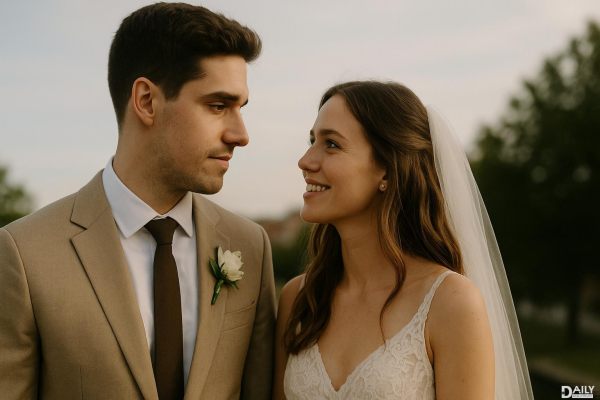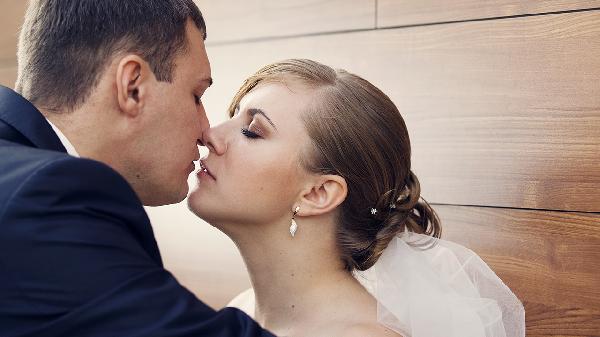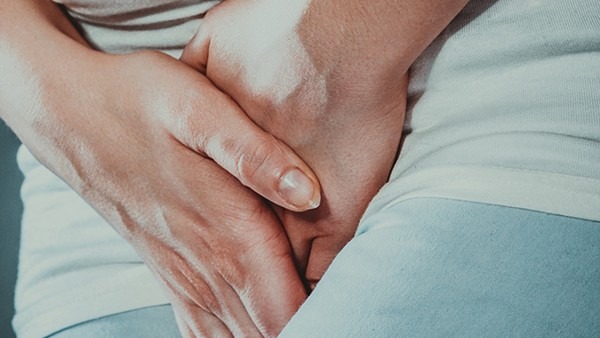If you're looking for the "perfect" age to tie the knot, science suggests there's a sweet spot—and it might surprise you. Research points to the late 20s to early 30s as the ideal window for marriage, balancing emotional maturity, financial stability, and long-term happiness. But before you start panicking if you're outside that range, let’s break down why this timeframe gets the gold star—and why flexibility matters way more than a rigid number.

Studies consistently show that couples who marry in their late 20s to early 30s tend to have lower divorce rates and higher marital satisfaction. A University of Utah study found that the "sweet spot" for avoiding divorce falls between ages 28–32, with risks increasing for those who marry much younger or older. Why? This age range often hits a critical intersection: enough life experience to know what you want (and won’t tolerate), but still young enough to adapt and grow with a partner. Think of it like baking cookies—pull them out too early (teens/early 20s), and they’re underbaked; leave them in too long (late 30s+), and they might be set in their ways. The mid-to-late 20s? Just right.
Marrying in your early 20s might sound romantic, but brains and bank accounts aren’t fully cooked yet. The prefrontal cortex—the part responsible for decision-making and impulse control—doesn’t fully mature until around age 25. Translation: You might not even know yourself well enough to pick a lifelong partner at 22. Financially, younger couples often face instability, with lower earnings and higher debt (thanks, student loans), adding stress to the relationship. Research from the National Marriage Project shows that couples who wait until at least 25 to marry are 11% less likely to divorce. So while young love can work, the odds aren’t exactly in its favor.
Wait, but what if you’re past 35 and still single? Don’t sweat it—while later marriages can thrive, they come with unique challenges. By your mid-30s, habits and lifestyles are more entrenched, making compromise harder (ever tried teaching an old dog new tricks?). A study in Demography found that while divorce rates drop for couples marrying in their 30s, satisfaction can dip due to mismatched expectations or fertility pressures. The key? Self-awareness. Older couples often have clearer deal-breakers, which can be a strength—if both partners are on the same page.
Here’s the real tea: Chronological age matters less than emotional and logistical preparedness. A 25-year-old with a stable career, solid communication skills, and a clear vision for partnership might be more "marriage-ready" than a 35-year-old who’s still figuring things out. Experts emphasize milestones over birthdays: Have you lived independently? Handled conflict in other relationships? Discussed finances, kids, and long-term goals? These factors trump the number on your birthday cake every time.
Modern marriage isn’t your grandma’s 1950s shotgun wedding. The average age for first marriages in the U.S. is now 30 for men and 28 for women—up nearly a decade since the 1960s. Why? People are prioritizing education, careers, and self-discovery first. And that’s a good thing: Couples who cohabitate before marriage (common among older brides and grooms) often report stronger unions. The takeaway? Later marriages aren’t a crisis—they’re a recalibration toward sustainability.
At the end of the day, the "best" age to marry is when you feel ready—not when statistics or societal pressure say you should. Whether that’s 25 or 45, success hinges on compatibility, communication, and a shared commitment to weathering life’s curveballs together. So forget the countdown; focus on building a foundation that lasts.
























